
Dearborn is a city in Wayne County, Michigan, United States. It is an inner-ring suburb in Metro Detroit, bordering Detroit to the south and west, and roughly 7 miles (11.3 km) west of downtown Detroit. In the 2020 census, it had a population of 109,976, ranking as the seventh-most populous city in Michigan. Dearborn is best known as the hometown of the Ford Motor Company and of its founder, Henry Ford.

Hamtramck is a city in Wayne County in the U.S. state of Michigan. An enclave of Detroit, Hamtramck is located roughly 5 miles (8.0 km) north of downtown Detroit, and is surrounded by Detroit on most sides. As of the 2020 census, the city had a population of 28,433, and was by far the most densely populated municipality in Michigan. It is notable as the only Muslim-majority city in the United States.

Arab Americans are Americans of Arab ancestry. Arab Americans trace ancestry to any of the various waves of immigrants of the countries comprising the Arab World.
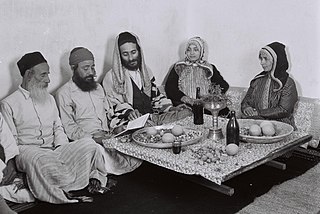
Yemenite Jews, also known as Yemeni Jews or Teimanim, are those Jews who live, or once lived, in Yemen, and their descendants maintaining their customs. Between June 1949 and September 1950, the overwhelming majority of the country's Jewish population immigrated to Israel in Operation Magic Carpet. After several waves of persecution, the vast majority of Yemenite Jews now live in Israel, while smaller communities live in the United States and elsewhere. As of 2022, Levi Marhabi is the last Jew in Yemen.

Mizrahi Jews, also known as Mizrahim (מִזְרָחִים) or Mizrachi (מִזְרָחִי) and alternatively referred to as Oriental Jews or Edot HaMizrach, are a grouping of Jewish communities that lived in the Muslim World.
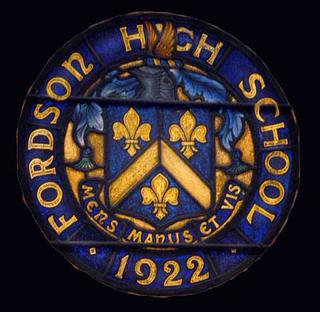
Fordson High School is a secondary school located in Dearborn, Michigan, United States in Metro Detroit. It was completed in 1928 on a 15-acre (61,000 m2) parcel of land which was then the village of Fordson, named for Henry Ford and his son Edsel Ford. It is a part of Dearborn Public Schools.

Operation Magic Carpet is a widely known nickname for Operation On Wings of Eagles, an operation between June 1949 and September 1950 that brought 49,000 Yemenite Jews to the new state of Israel. During its course, the overwhelming majority of Yemenite Jews – some 47,000 from Yemen, 1,500 from Aden, as well as 500 from Djibouti and Eritrea and some 2,000 Jews from Saudi Arabia – were airlifted to Israel. British and American transport planes made some 380 flights from Aden.

Lebanese Americans are Americans of Lebanese descent. This includes both those who are native to the United States of America, as well as immigrants from Lebanon.
Iraqi Americans are American citizens of Iraqi descent. As of 2015, the number of Iraqi Americans is around 145,279, according to the United States Census Bureau.

Syrian Americans are Americans of Syrian descent or background. The first significant wave of Syrian immigrants to arrive in the United States began in the 1880s. Many of the earliest Syrian Americans settled in New York City, Boston, and Detroit. Immigration from Syria to the United States suffered a long hiatus after the United States Congress passed the Immigration Act of 1924, which restricted immigration. More than 40 years later, the Immigration Act of 1965, abolished the quotas and immigration from Syria to the United States saw a surge. An estimated 64,600 Syrians immigrated to the United States between 1961 and 2000.
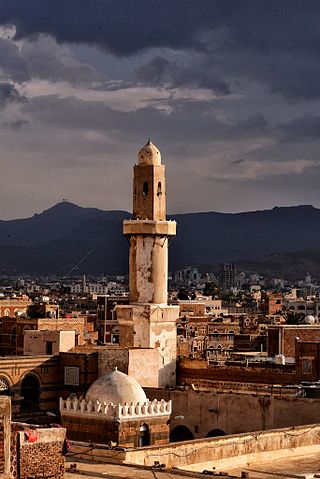
Yemen is an Islamic society. Nearly all Yemenis are Muslims, with approximately 60% belonging to Sunni Islam and 40% belonging to Shia Islam (Zaidi). Amongst the native population, there were approximately 1,000 Christians, and 6 remaining Jews in 2016. However, Pew-Templeton estimates the number of Christians to be as high as 40,000, though most do not publicly identify as such, due to fears of religious persecution. According to WIN/Gallup International polls, Yemen has the most religious population among Arab countries and it is one of the most religious populations world-wide.

Yemeni diaspora refers to Yemeni migrants and their descendants who, whether by choice or coercion, emigrated from Yemen and now reside in other countries.

Palestinian Americans are Americans who are of full or partial Palestinian descent. It is unclear when the first Palestinian immigrants arrived in the United States, but it is believed that they arrived during the early 1900s.
As of the census of 2010, there were 5,196,250 people, 1,682,111 households, and 1,110,454 families residing within the Detroit–Warren–Ann Arbor Combined Statistical Area. Within the Detroit–Warren–Dearborn Metropolitan Statistical Area, there were 4,296,250 people residing. The census reported 70.1% White, 22.8% African-American, 0.3% Native American, 3.3% Asian, 0.02% Pacific Islander, 1.2% from other races, and 2.2% from two or more races. Hispanic or Latino of any race were 6.2% of the population. Arab Americans were at least 4.7% of the region's population.

In 2004, Metro Detroit had one of the largest settlements of Middle Eastern people, including Arabs and Chaldo-Assyrians in the United States. As of 2007 about 300,000 people in Southeast Michigan traced their descent from the Middle East. Dearborn's sizeable Arab community consists largely of Lebanese people who immigrated for jobs in the auto industry in the 1920s, and of more recent Yemenis and Iraqis. In 2010 the four Metro Detroit counties had at least 200,000 people of Middle Eastern origin. Bobby Ghosh of TIME said that some estimates gave much larger numbers. From 1990 to 2000 the percentage of people speaking Arabic in the home increased by 106% in Wayne County, 99.5% in Macomb County, and 41% in Oakland County.
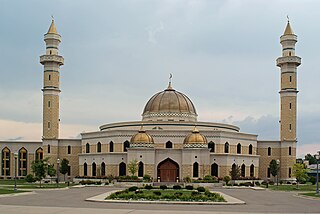
Islam is practiced by several Muslim American groups in Metro Detroit.
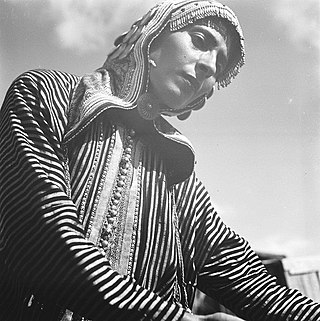
Yemenite Jews in Israel are immigrants and descendants of the immigrants of the Yemenite Jewish communities, who now reside within the state of Israel. They number around 400,000 in the wider definition. Between June 1949 and September 1950, the overwhelming majority of Yemen and Aden's Jewish population was transported to Israel in Operation Magic Carpet.

Arab Detroit: From Margin to Mainstream is a book published by Wayne State University Press in 2000, edited by Nabeel Abraham and Andrew Shryock. It discusses the Arab population in Metro Detroit.
Fayrouz Saad is an American public official and politician. She is the Executive Director of the Office of Global Michigan, and was the first Director of Detroit's Office of Immigrant affairs under Mayor Mike Duggan.
Abraham Aiyash is an American politician serving as a member of the Michigan House of Representatives from the 4th district. The district covers much of Detroit's Midtown, New Center, North End, Boston Edison, Virginia Park, and all of the city of Hamtramck. He is a member of the Democratic Party. In 2023, Aiyash became majority leader of the House of Representatives.

















